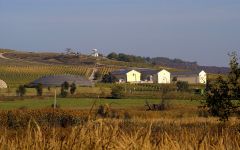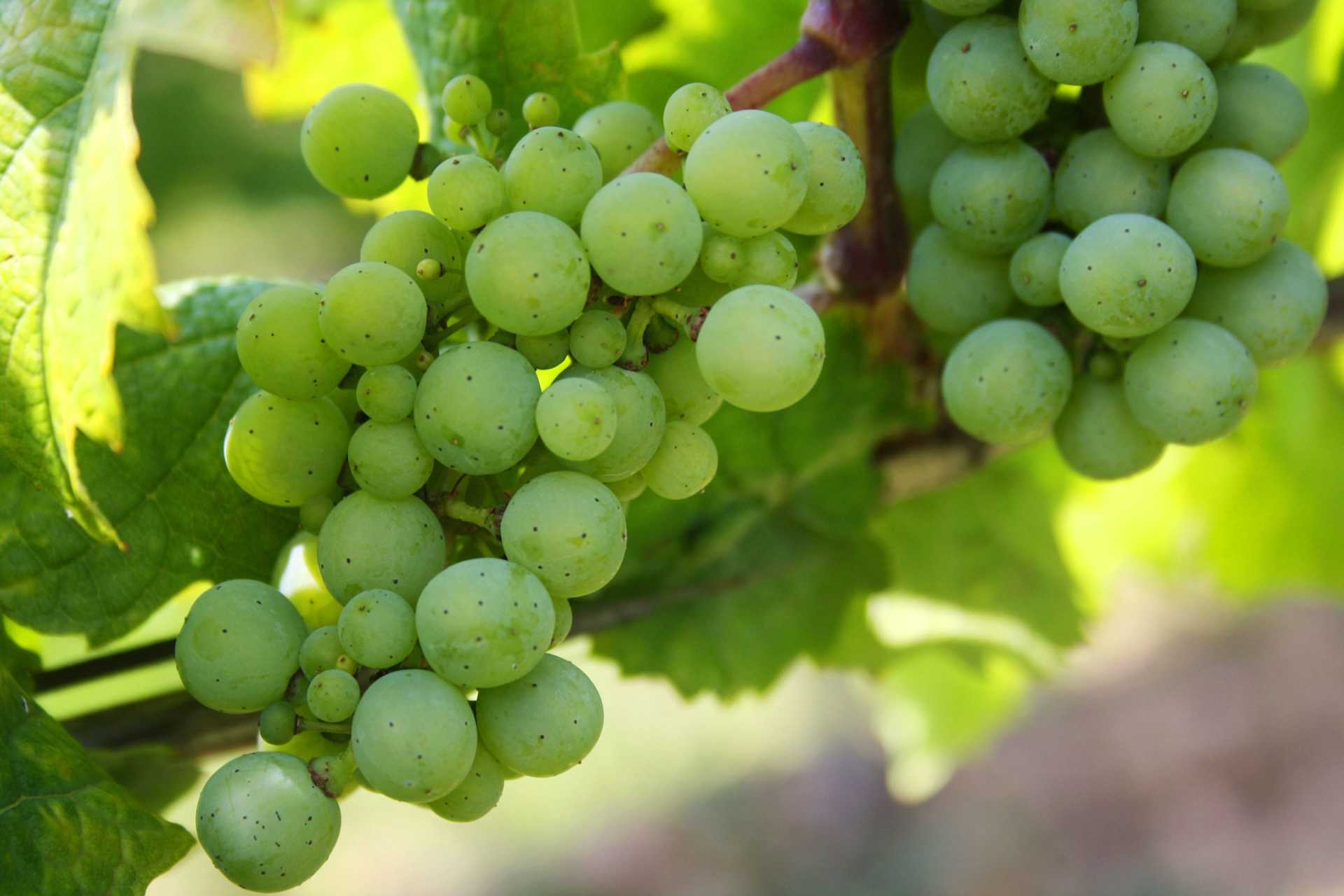Disznoko Tokaji Aszu Eszencia 2005
-
James
Suckling -
Wine
Enthusiast


Product Details
Your Rating
Somm Note
Winemaker Notes
Professional Ratings
-
James Suckling
Intense, but also fine and layered with tons of complexity, showing dried dark apricot, tangerine, sweet papaya, dried persimmon and saffron. But on the palate this is waxy, yet so effortless, with such bright and tangy acidity that makes it taste a lot less sweet than it is. Sea-buckthorn and kumquat finish. Really effortless and long. Nectar that calls for a second glass.
-
Wine Enthusiast
Aromas of citrus blossom, dried apricot and fresh fig transfer to the palate, where notes of freshly brewed coffee and toffee round out the complex flavor. This wine has lovely mouthfeel, with roundness on the palatel and just the right amount of acidity to prevent this caramel-colored Eszencia from being too cloying.









Tokaj is thought to be the first vineyard region in the world to have adopted a classification system. The Disznóko estate was classified as a first growth property at the time of the initial classification in 1772 and remains so today.
The Disznóko estate consists of a single tract of land that spread over 250 acres at the south-west entrance of the Tokaj region. Four of the approved noble grape varieties are planted in this single vineyard – Furmint, Harslevelu, Zeta and Sagamuskotaly.
The estate is essentially a hill of volcanic clay soil with perlite pebbles: at the top of the hill is the boar-shaped rock from which the estate takes its name, and the vineyards are arranged down the southern slope, with the winery at the bottom of the slopes. The vineyard is protected by the cold northern winds by the Zemplén hills right behind it, and draws light and heat from its southerly exposure. Acclaimed as one of the three most favorable sites of Aszu in Tokaj. Morning autumn mists and warm breezes ensure optimal conditions for noble rot. The Botrytis develops, concentrating the natural sugars, flavors and acids in the grapes. The wines gain their fire from the mineral-rich volcanic land, rhyolite-tuff with clay soils.
In 1992, the estate was acquired by AXA Millésimes and many improvements were made: the vineyards were rehabilitated and replanted, old buildings were refurbished, and new state-of-the-art wine making facilities were constructed. The new winery pays homage to the nearby old winery and inside it’s apparent how Disznóko has, above any other estate in the region, restored Tokaji’s reputation to the days it was considered “the wine of kings and king of wines” (Louis XIV).
The name Disznóko meaning "the rock of the wild boar" was first recorded in 1413 and refers to a large rock atop a small hill overlooking the vineyards. Listed as a "first growth" as far back as 1732, this 150ha vineyard in the south west of the Tokaji region has long been regarded as one of the region's finest. As with much of Tokaji, Disznóko's fortunes suffered under nationalization during the Communist era. But, in 1992, it was purchased by AXA Millésimes (owners of Château Pichon Longueville and Quinta do Noval, amongst others) who have reinvigorated Disznóko and put in the love and investment required to return it to the top rank of Tokaji estates.
Tokaj is thought to be the first vineyard region in the world to have adopted a classification system. The Disznóko estate consists of a single tract of land, four of the approved noble grape varieties are planted in this single vineyard – Furmint, Harslevelu, Zeta and Sagamuskotaly. The estate is a hill of volcanic clay soil with perlite pebbles at the top of the hill is the boar-shaped rock from which the estate takes its name, and the vineyards are arranged down the southern slope, with the winery at the bottom of the slopes. The vineyard is protected by the cold northern winds by the Zemplén hills right behind it and draws light and heat from its southerly exposure. Acclaimed as one of the three most favorable sites of Aszu in Tokaj. Morning autumn mists and warm breezes ensure optimal conditions for noble rot. The Botrytis develops, concentrating the natural sugars, flavors and acids in the grapes. The wines gain their complexity from the mineral-rich volcanic land, rhyolite-tuff with clay soils. In 1992, the vineyards were rehabilitated and replanted, old buildings were refurbished, and new state-of-the-art wine making facilities were constructed. The new winery pays homage to the nearby old winery.

With hundreds of white grape varieties to choose from, winemakers have the freedom to create a virtually endless assortment of blended white wines. In many European regions, strict laws are in place determining the set of varieties that may be used in white wine blends, but in the New World, experimentation is permitted and encouraged. Blending can be utilized to enhance balance or create complexity, lending different layers of flavors and aromas. For example, a variety that creates a soft and full-bodied white wine blend, like Chardonnay, would do well combined with one that is more fragrant and naturally high in acidity. Sometimes small amounts of a particular variety are added to boost color or aromatics. Blending can take place before or after fermentation, with the latter, more popular option giving more control to the winemaker over the final qualities of the wine.

Best known for lusciously sweet dessert wines but also home to distinctive dry whites and reds, Hungary is an exciting country at the crossroads of tradition and innovation. Mostly flat with a continental climate, Hungary is almost perfectly bisected by the Danube River (known here as the Duna), and contains central Europe’s largest lake, Balaton. Soil types vary throughout the country but some of the best vines, particularly in Tokaj, are planted on mineral-rich, volcanic soil.
Tokaj, Hungary’s most famous wine region, is home to the venerated botrytized sweet wine, Tokaji, produced from a blend of Furmint and Hárslevelű. Dry and semi-dry wines are also made in Tokaj, using the same varieties. Other native white varieties include the relatively aromatic and floral, Irsai Olivér, Cserszegi Fűszeres and Királyleányka, as well as the distinctively smoky and savory, Juhfark. Common red varieties include velvety, Pinot Noir-like Kadarka and juicy, easy-drinking Kékfrankos (known elsewhere as Blaufränkisch).
